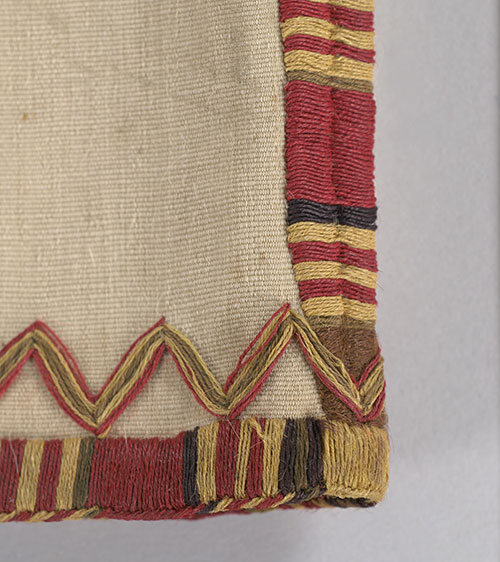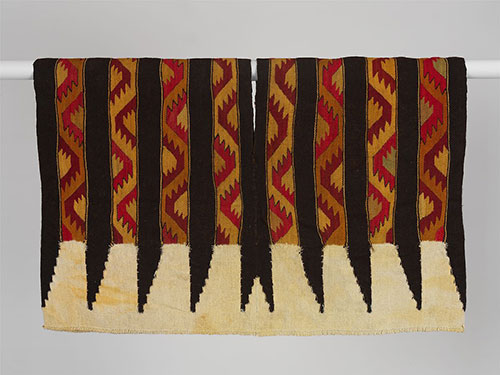 The Inca culture is mysterious and unique. It is not fully studied as yet, the archaeologists and historians find new facts and artifacts from time to time. But this civilization captivates the minds of many researchers and fashion historians. We know by far not enough about the outfits worn by Inca people. So, let’s look at one of the known Inca pieces of clothes – male tunics called “uncu” and learn what we can about it. Just so you know, this was one of the main garments of Inca men.
The Inca culture is mysterious and unique. It is not fully studied as yet, the archaeologists and historians find new facts and artifacts from time to time. But this civilization captivates the minds of many researchers and fashion historians. We know by far not enough about the outfits worn by Inca people. So, let’s look at one of the known Inca pieces of clothes – male tunics called “uncu” and learn what we can about it. Just so you know, this was one of the main garments of Inca men.
The photos are from The Met (The Metropolitan Museum of Art) in New York
The male tunic called “uncu” was a very typical item of Inca's wardrobe. It was worn together with a simple loincloth. This piece resembles modern huipil or poncho a little bit.
The design of an uncu was extremely simple – usually, it consisted of two identical hand-woven rectangular pieces of fabric sewn together. In the middle part, an opening for the head is left unsewn. So, you didn’t even need to make a neckline, just didn’t stitch the cloth together – the simplest cut ever.

Striped Inca tunic from Peru, 1400-1530 made from camelid hair. Very beautiful and elaborate hand-woven tunic
Or the tunic could be made from a single woven piece of cloth, with a slit for the head cut in the middle.
Inca tunics were made using the tapestry weaving technique.
The uncu was sleeveless, it had simple openings for the arms in the same fashion as the one for the head. The sides were stitched, leaving slits for the arms.
After the weaving was finished, every seam and border was neatly concealed with double-faced embroidery. Due to this, the tunic looked good and was durable, the threads didn’t come out from the ends of the fabric.


Original Inca tunic from Peru, 1460-1540. It is made from camelid hair and cotton. The tunic is embellished with a simple woven pattern and embroidered border
Such tunics were mostly made from wool. And they could be richly decorated with woven patterns. These patterns indicated the status of a wearer, the region of origin, and similar things about the owner. The quality of the fabric also mattered – tunics that belonged to high-rank men were produced from the finest woolen cloth called “cumbi” and richly adorned with complicated weavings. Costly uncu tunics were produced by professional weavers.
According to the Met Museum, “Inca tunics display remarkably little variation in size, suggesting an extreme control over production”.


Authentic Inca tunic from Peru, 1450-1550 made from camelid hair. It has a lot of intricate patterns that adorn the front and back of the garment
Often, fine uncu tunics were passed from one generation to the other, and each owner valued this piece of clothes highly and preserved it.
Probably that’s why we still have some examples of authentic Inca tunics displayed and stored in various museums. Like the uncu tunics, we showed you in this article that are from The Met. It’s wonderful but also stirring how we can look at cultural garments that belonged to a civilization long gone from the Earth.


